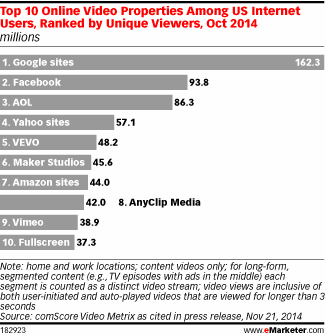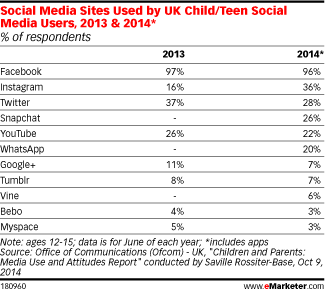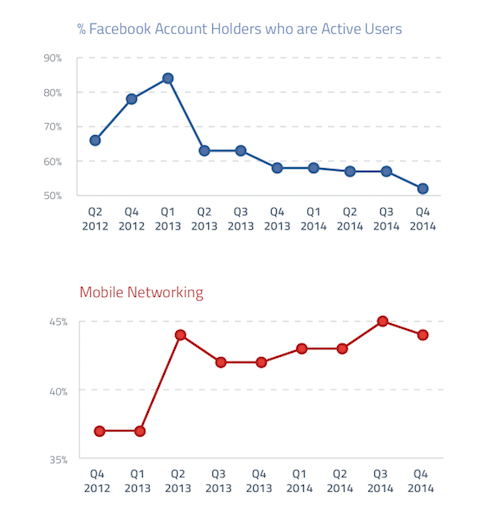By Liam Dowd - January 21st, 2015
What’s your marketing roadmap for this year? Losing interest in social media. And who is catching YouTube to dominate social media video?
Catching up with YouTube

What’s your marketing roadmap for this year?

Losing interest in social media

Tweet to engage
Who is really using social media?
- Facebook grows and shrinks at opposite ends of the demographic spectrum. In 2016, Facebook will experience the largest percentage share increase in the Ages 65+ demographic. During that same period, eMarketer data suggests that the Ages 18-24 demographic share will decrease slightly.
- Instagram advertising is going to roll out… soon! When you look at the numbers – the incredible growth over the last couple years – it’s inevitable. Instagram is projected to have 60.3 million U.S. users in 2015.

4 in 10 Facebookers now browsing the site passively

Next Reads
June 2015, New York
With over 50 expert speakers (including 15 CMOs and CCOs) from the world’s most social brands, and 300+ of your corporate peers in attendance, #CSMNY offers unrivaled learning, networking and benchmarking opportunities. It is truly THE social media event of year.
Brochure Programme